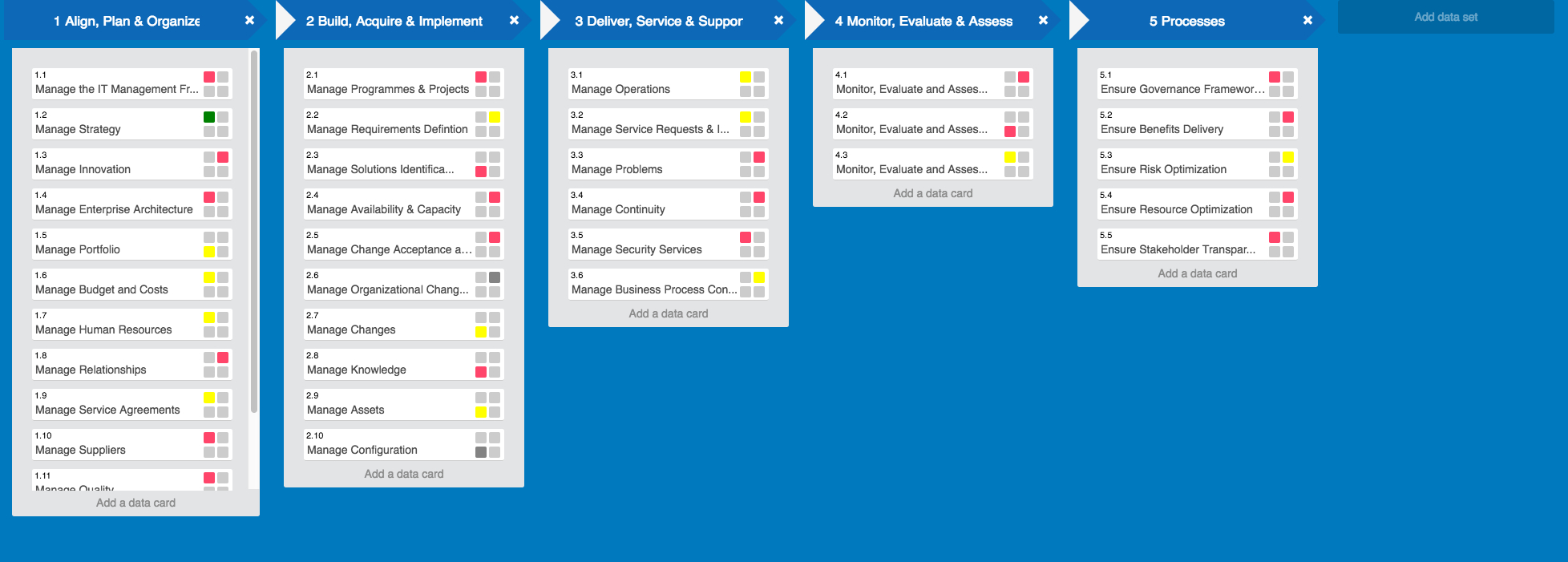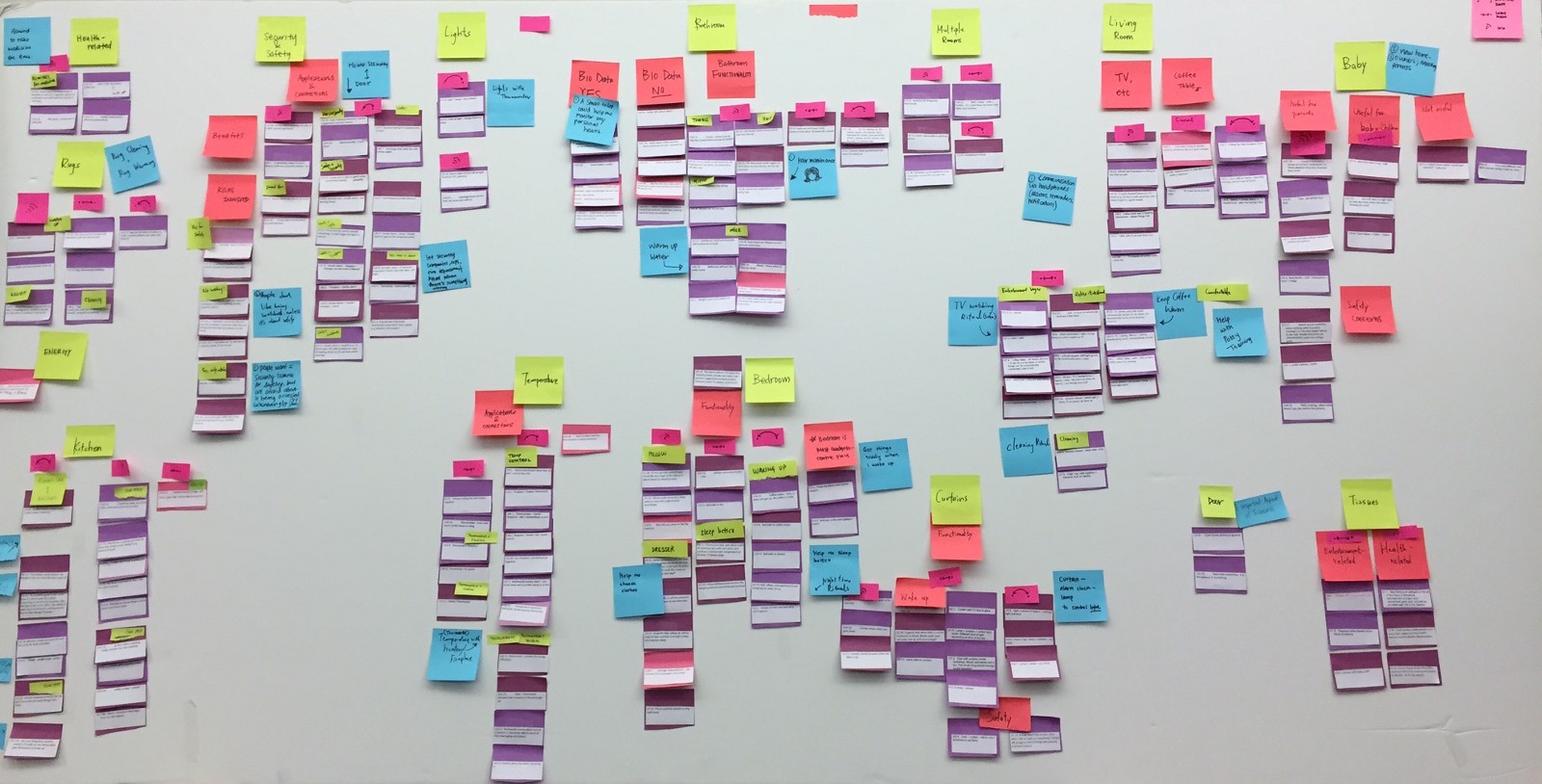The world of product planning can be a complicated one to understand. However, the good news, is that there are countless solutions out there that can make it easier for you to find your ultimate, ideal design.
Because every exceptional design starts with research, you’ll need to find a way to gather, organize, and use your data to inform your product planning roadmap. With design thinking techniques like user interviews, contextual inquiries, user experience information, and competitive analysis, you can gather important data about your user pain points, preferences and motivations in a personal, yet effective way. Unfortunately, making sense of all that disparate data can be a little confusing, which is why so many UX designers turn to affinity mapping.
An affinity diagram gives product planning experts a fuller picture of their early research process. It’s a tactile, physical, and easy-to-edit design artifact, that’s perfect for showcasing themes, trends, and areas of opportunity in your marketplace. Here, we’re going to show you how you can make the most of your affinity diagram.
The affinity diagram is a visual technique that helps to organize design thinking in terms of information and ideas. It was developed by Jiro Kawakita in the 1960s, and continues to be a favorite solution for designers today. The affinity between different pieces of information in product planning can begin to reveal itself through the diagram process.

As an inductive technique, affinity diagram requires product planners to begin from the bottom and work their way up with fragments of observations, ideas, and behaviors. At the end, you should be able to take disconnected information, and find potentially unseen patterns and associations that reveal latent themes in the data.
As a key tool in the UX designer arsenal, affinity diagrams are good for: - Observing behaviors in contextual inquiries - Organizing brainstorming ideas for product planning - Sorting out usability problems for product planning - Designing user interfaces
The key to using an affinity diagram in product planning, is bringing all of your ideas together in a single place. The initial research you use can come from a range of different places, including in-person interviews, observations you encounter when interacting with users of a specific service or product, internet surveys, searches, and more. Because all of this data appears complex when piled together, the affinity diagram allows you to separate it into blocks, and gain a better scope of what you’re dealing with.
For a low-tech approach, try writing all your information out onto sticky notes, which you can place on walls and platforms as you see fit. Information you might need to facilitate your design thinking includes:
User quotes from interviews: You don’t need every word here, just the phrases and points that are the most important.
Personal insights and observations: What’s stuck in your mind while you’ve conducted your product planning research? Those pieces of information could give you a deeper glimpse into what you can accomplish with your business.
Statistics and key facts: These could come from surveys, your own data collection, or secondary research. Some of these facts and numbers will reinforce some of the more subjective observations you’ve gathered above.

If you’re new to the concept of product planning with an affinity diagram, the process might be a little overwhelming at first. When you’re looking at your data, try not to be overwhelmed by the amount of information you have. While it might take time to make sense of all the facts, the more data available, the more informed your decisions will be.
At the same time, if you don’t have a great deal of data, that shouldn’t’ worry you either. You don’t necessarily need a room full of sticky notes to gather powerful observations. It’s the quality, not the quantity of information that counts. As you start to organize your data, you may find that new observations begin to surface, which you can add to your diagram.
To ensure that you stay firmly on track throughout the whole process, create a key and make sure you stick with it. For instance, you can give specific groups of data their own colors if you’re working with sticky notes, and their own spaces on the wall.
The more you explore your affinity diagram, the more likely you are to have fun with the design thinking process. There’s nothing wrong with letting yourself be inspired by the information - that’s the whole point of the process. However, make sure that you don’t get ahead of yourself and try to draw conclusions too rapidly. If you try to force your diagram to point towards specific outcomes too early, then you could warp the accuracy of your data.
With that in mind, you shouldn’t be forcing your categories into existence either. While you will have certain trends in mind from the moment you start writing out your sticky notes, the key is to make sure that you don’t force your ideas too deeply into the process. An affinity diagram should be a process of exploration in product planning, so let the categories create themselves.
Once you’ve got all of your information organized and spread out over your walls or your digital background, depending on what strategy you’re using, you’ll be ready to start grouping things together. Keep in mind, the first categories that develop in your affinity diagram aren’t likely to be the ones that you end up with. The more you explore, the more you’ll encounter new relationships and ideas that you would never have thought of before. That’s the beauty of using an affinity map for product planning.
If you are working with paper, then we recommend taking photographs as you move through the experience. Sticky notes can easily flutter to the floor and get lost in the middle of all the commotion. Paper gets crumpled, and mistakes get made. Document your process carefully, so if you do need to come back to it later, you won’t need to start again from the drawing board. Or, you can use tool like Strategic Quadrant to create Affinity Diagram and shared with your team.
See IT Service Catalog Affinity Diagram Sample
Once you’re comfortable with the organization of your affinity diagram, make sure you ask for input for other people outside of your direct team. This will help you to get an objective opinion, about whether people get the same connections and patterns as you, or whether you might have created relationships where there aren’t any. Although it’s hard to keep an affinity map 100% accurate, outside input can help to keep objectification to a minimum.